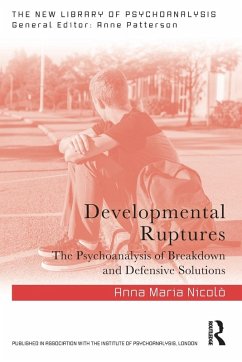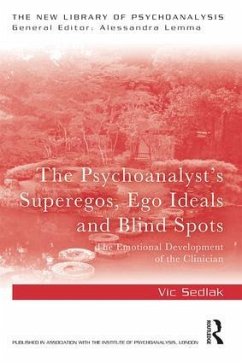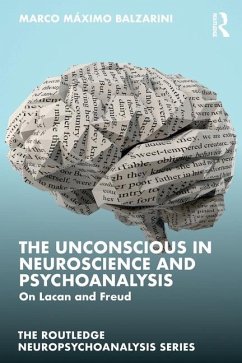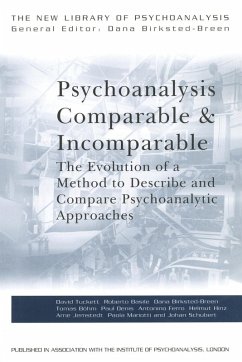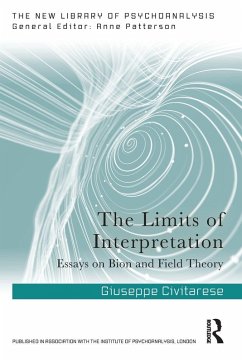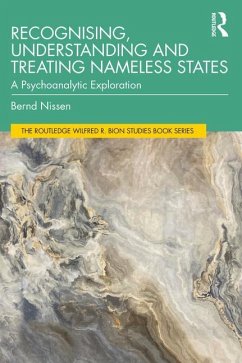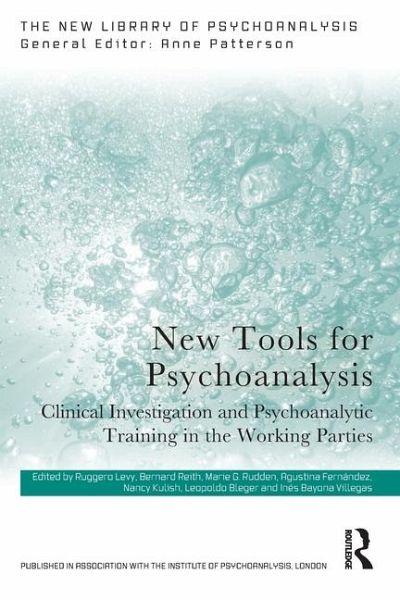
New Tools for Psychoanalysis
Clinical Investigation and Psychoanalytic Training in the Working Parties
Herausgegeben: Levy, Ruggero; Reith, Bernard; Fernández, Agustina; Bleger, Leopoldo; Kulish, Nancy; Rudden, Marie G.; Bayona, Inés
Versandkostenfrei!
Versandfertig in 6-10 Tagen
38,99 €
inkl. MwSt.

PAYBACK Punkte
19 °P sammeln!
Bringing together the findings from psychoanalysts across the globe, this book introduces and describes the research practices utilised by the Working Parties that were created by the European Psychoanalytical Federation and later supported by the International Psychoanalytical Association.The book opens with a discussion of the epistemology of research in psychoanalysis, then the various Working Parties describe their methodology and findings, and finally, in the last chapter, an assessment is made of what contributions this oxygenating movement has made to psychoanalysis. It examines topics ...
Bringing together the findings from psychoanalysts across the globe, this book introduces and describes the research practices utilised by the Working Parties that were created by the European Psychoanalytical Federation and later supported by the International Psychoanalytical Association.
The book opens with a discussion of the epistemology of research in psychoanalysis, then the various Working Parties describe their methodology and findings, and finally, in the last chapter, an assessment is made of what contributions this oxygenating movement has made to psychoanalysis. It examines topics including individual and group work, supervision, clinical interpretation, erotic transference and psychosomatics, and contains contributions from many distinguished analysts.
Providing a wealth of information on the place of research in evaluating new clinical methods and tools, this book is key reading for psychoanalysts both in practice and in training.
The book opens with a discussion of the epistemology of research in psychoanalysis, then the various Working Parties describe their methodology and findings, and finally, in the last chapter, an assessment is made of what contributions this oxygenating movement has made to psychoanalysis. It examines topics including individual and group work, supervision, clinical interpretation, erotic transference and psychosomatics, and contains contributions from many distinguished analysts.
Providing a wealth of information on the place of research in evaluating new clinical methods and tools, this book is key reading for psychoanalysts both in practice and in training.






